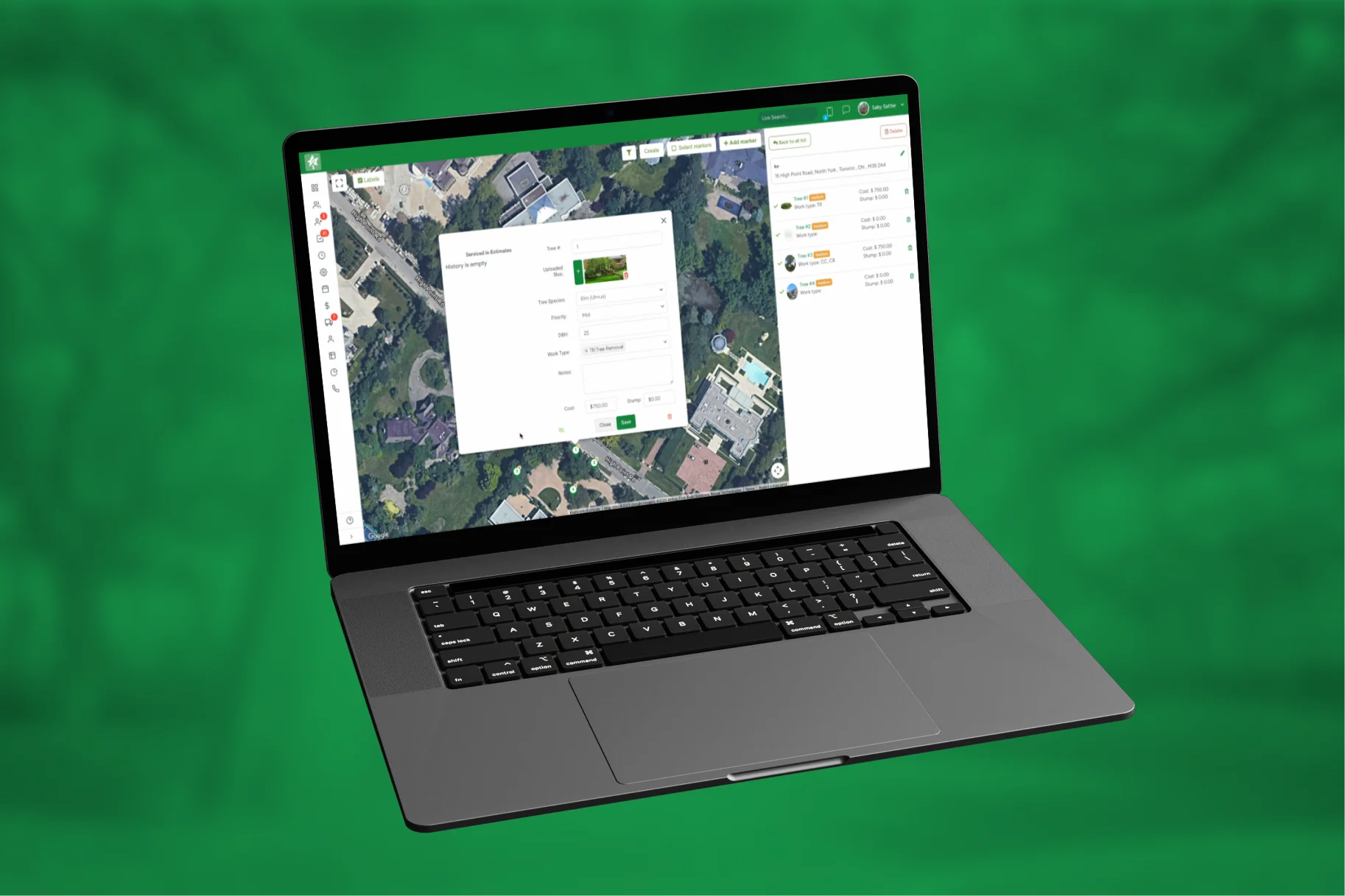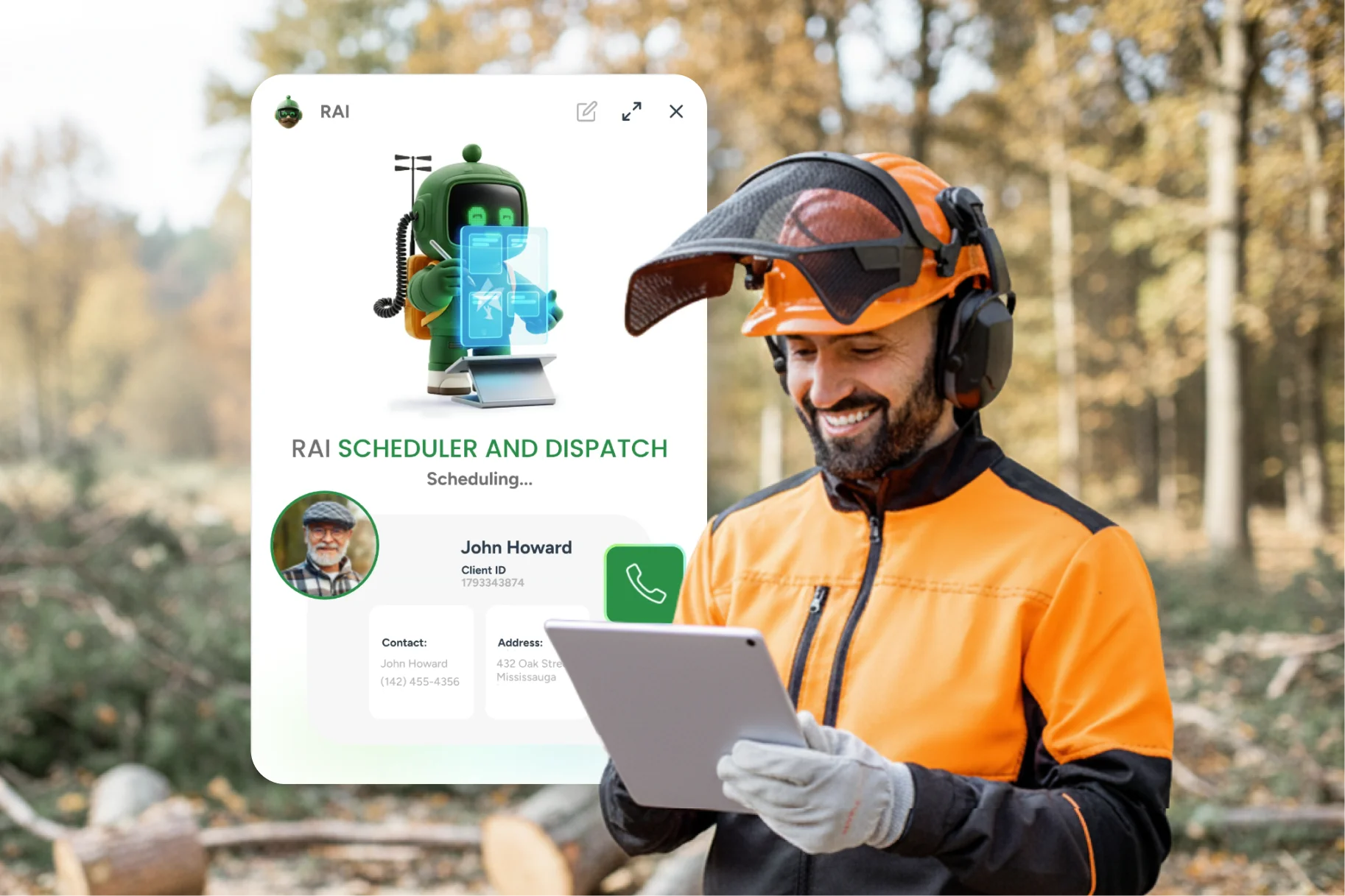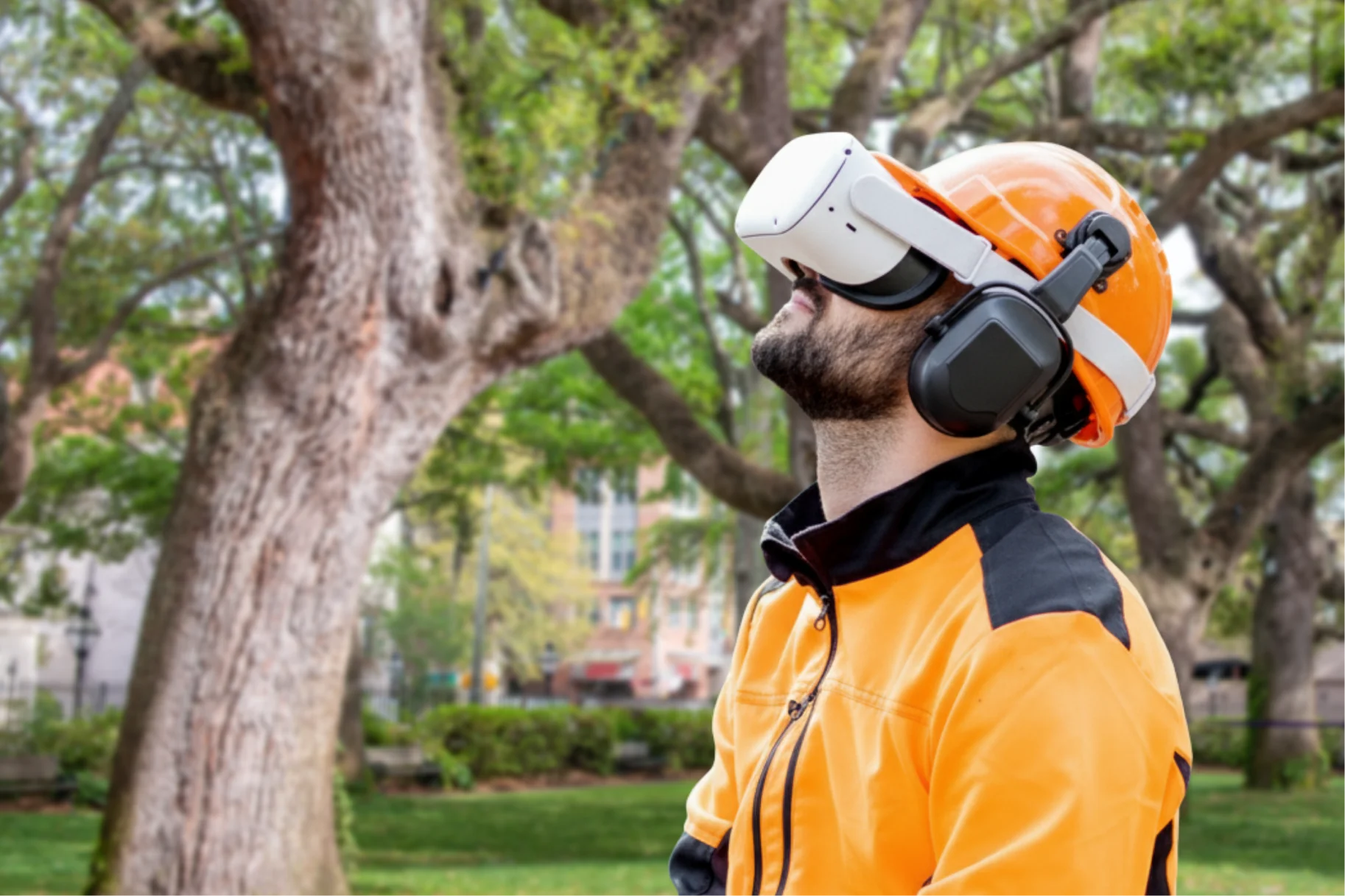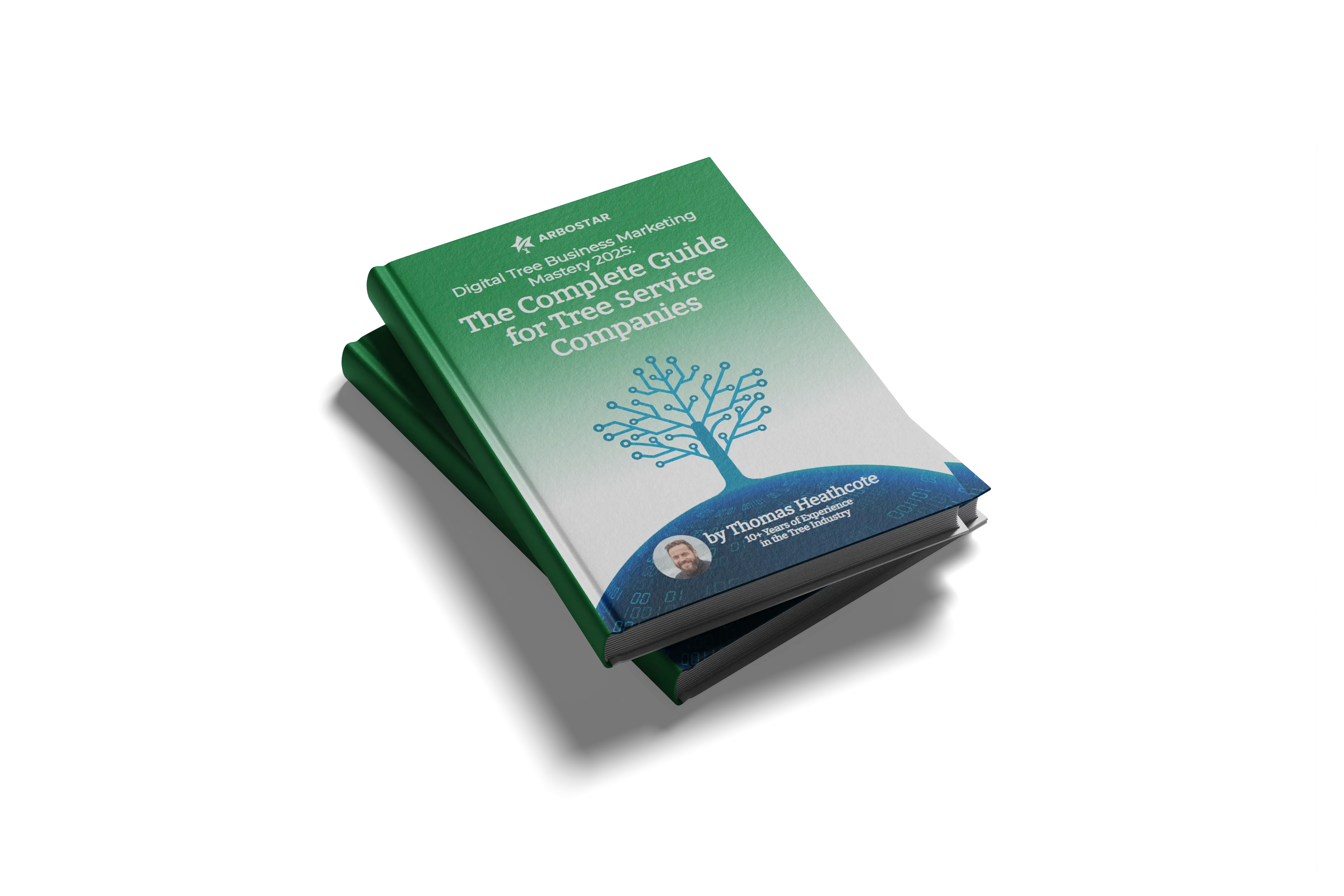Top 7 Innovations in Tree Care for 2026

What if trees could tell you their needs before you even noticed? AI tools like ArboStar’s RAI, drones, and smart sensors transform how arborists work. They give us a chance to make sharp decisions, lower risks, and save time.
By 2026, success in tree care will rely not just on skill but on applying these digital tools. They make tree care safer, more efficient, and sustainable, helping create healthier, stronger urban forests. In a few words: the digital transformation of arboriculture has begun – and it’s cultivating a smarter, greener future.

Arborist Business Management Platforms
The backbone of any successful tree care operation in 2026 is a specialized business management platform. Dominating the market, particularly in the USA and Canada, is ArboStar, which is widely regarded as a premier choice.
ArboStar: The Arborist-Built Gold Standard
ArboStar stands out because it was created by arborists for arborists, addressing real needs that generic CRMs miss.
Key Innovations & Features
-
All-in-one platform. Combines CRM, estimating, scheduling, invoicing, and accounting in one system make it less expensive.
-
Industry specialization. Features like Custom Tree Inventory and Vegetation Mapping are tailored for long-term maintenance contracts and utility arboriculture.
-
Offline mobile functionality. Its mobile application ensures crews remain productive in areas with poor cellular coverage, a critical advantage for remote job sites.
-
Advanced analytics & automation. Includes features like live job maps, GPS fleet tracking, and a Business Intelligence Module to measure key performance metrics and profitability. Reports from 2025/2026 suggest its new Real Arborist Intelligence (RAI), an AI assistant, is increasing job capacity and reducing quoting errors.
While ArboStar leads in industry specialization, several other platforms are competing for the top spot:
| Platform | Primary focus | Target market |
|---|---|---|
| Arborgold | All-in-one business management for diverse service providers, with powerful estimating and finance tools. | Small to mid-sized tree, lawn, and landscape businesses. |
| SingleOps | Flexible, data-based management with strong reporting and job costing tools. | Mid to large green industry businesses. |
| Jobber | Easy all-in-one tool for scheduling, invoicing, and customer communication. | Small to mid-sized home service and tree care businesses. |
| ArborNote | Tree inventory and mapping software that’s easy for everyone to use. | Businesses focused on detailed tree management. |
Trend for 2026: the leading innovation is the integration of Artificial Intelligence (AI) into these platforms – as seen with ArboStar’s RAI – to automate complex tasks, such as generating accurate, condition-based estimates and optimizing crew routes in real-time.

Drone Technology for Tree Assessment
Drone technology is changing how arborists care for trees. Drones now do more than take pictures – they gather detailed data on tree structure, health, and even tree cutting. To monitor trees, they use sensors, multispectral, and thermal cameras.
Commercial drone use in arboriculture follows federal aviation rules, which are constantly being updated for advanced operations.
| Country | Governing body | Key certification | Current trend for 2026 |
|---|---|---|---|
| USA | FAA (Federal Aviation Administration) | Commercial pilots must have a Part 107 certificate, with flights usually kept within sight and below 400 feet. | The focus is on using Remote ID and permitting flights over people and vehicles under certain conditions. |
| Canada | Transport Canada (TC) | Pilots need a Basic or Advanced certificate. Advanced is required for controlled airspace or flying over people. | New rules allow more EVLOS and low-risk BVLOS flights for small and medium drones, easing large-area surveys. |
Eco-Friendly Solutions in Tree Care
The arboriculture industry is using sustainable practices to protect urban forests, focusing on prevention, natural materials, and saving resources.
Advanced Integrated Pest Management (IPM)
IPM has moved from reactive treatments to a proactive, eco-friendly approach. Arborists use natural enemies, bio-pesticides, and AI tools to control pests, predict problems, and protect helpful insects and the environment.
Sustainable Soil Health and Nutrition
Healthy trees and healthy soil – these things are connected. Eco-friendly approach centres on boosting natural soil biology. How? Using mycorrhizal fungi, organic amendments, mulch, and biochar. The aim is to improve nutrient uptake, water retention, and long-term soil health.
Water Conservation and Climate Resilience
As drought and heat increase, water-efficient strategies started to be crucial for urban trees. Modern care uses sensors, smart irrigation, and green infrastructure. All of this helps to deliver water precisely, reduce waste, and keep trees healthy even in extreme conditions.
Green Operations and Waste Reduction
With use of electric equipment, biodegradable oils arborists are greening their operations. Other features – recycling nearly all wood waste, reducing noise, emissions, and environmental impact.
Advanced Soil Moisture Sensors
The main goal of such sensors – to transform urban tree work, turn watering from guesswork into a data-driven process. These IoT-enabled devices provide real-time soil data and help arborists conserve water, optimize irrigation, and improve tree survival.
Key Benefits
-
Smart systems water trees only when needed, preventing over- or under-watering.
-
Detects moisture stress before visible symptoms appear.
-
Reduces water use by 25–40% in urban areas.
-
Ensures water reaches deep roots for stronger, resilient trees.
-
Data combines with weather forecasts and AI to predict water needs and adjust irrigation automatically.

AI-Powered Decision Support for Arborists
AI and Machine Learning (ML) give urban foresters tools for large-scale, precise tree management. Data from sensors, drones, satellites, and imagery lets AI move urban forestry from reactive care to proactive, predictive management.
Automated Tree Inventory and Analysis
AI makes it easier to collect and analyze urban forest data, creating “digital twins” of trees. Using aerial images and LiDAR, it identifies species, maps locations, measures canopy size, and tracks tree health. These 3D models help foresters monitor growth, assess benefits like stormwater reduction, and plan future plantings.
Predictive Health and Risk Assessment
Artificial Intelligence can detect potential tree problems before they are visible. By analyzing multispectral imagery, it identifies early signs of stress, disease, pest infestation, or the need for tree trimming. Machine learning models use historical data – such as weather patterns, species, soil conditions, and past failures – to predict risks, prioritize inspections, and guide preventive care. AI also standardizes risk assessment, reducing human bias across large teams.
Decision Support: Turning Data into Action
It also combines multiple data sources to give actionable advice:
-
Soil sensors & weather data: optimizes irrigation schedules based on actual tree needs.
-
Drone and satellite imagery: flags specific trees for targeted pruning or treatment.
-
Historical inspection data: ranks trees by risk, directing maintenance to the most critical areas first.
Arbostar AI: First of Its Kind in the Industry
Unlike general AI, RAI is a set of specialized AI assistants built into ArboStar, designed specifically for the arboriculture industry.
| RAI AI assistant | Primary function | Business impact |
|---|---|---|
| RAI Estimator | Creates accurate, consistent, and profit-aware job proposals using templates and field data. | Cuts quoting errors by up to 40% and speeds up cash flow. |
| RAI Scheduler & Dispatch | Optimizes crew routes and schedules using skills, equipment, traffic, and job priority. | Boosts job capacity up to 22% while cutting travel time and fuel costs. |
| RAI Reception | Works 24/7 to book estimates, answer FAQs, and handle storm emergency calls. | Speeds up customer service and eases office workload. |
| RAI CrewMate | A mobile tool with checklists, hazard alerts, photo logs, and timecards. | Boosts field efficiency while keeping jobs safe and compliant. |
ArboStar develops from basic CRM functions to AI-driven, specialized workflow automation. Now, it combines classical CRM, scheduling, invoicing, fleet management, and AI tools. So, you don’t need multiple apps. This system is built by arborists, and every feature – from tree inventory mapping to safety compliance forms – is tailored for tree care professionals.
The platform works offline, so arborists in remote areas can keep using the mobile app, with data syncing automatically once a connection is restored. RAI – a new AI assistant – represents a major change in how tree work businesses operate. It saves around nine hours per week on administrative tasks and reduces costly quoting mistakes. In addition, it lets arborists focus on higher-value field work and increases profitability.
Tree Health Monitoring Applications (Apps)
AI-powered apps help arborists, city foresters, and even citizens quickly identify tree species and spot problems. Users simply take photos of leaves, bark, or fruit, and the app compares them with large databases of pests and diseases. Some apps also use weather and satellite data to predict issues and suggest preventive care.
These tools gather information from photos, drone and satellite imagery, and sensors tracking soil and temperature. Apps like Purdue Tree Doctor and PlantSnap focus on identification and diagnosis, while i-Tree Eco and TreePlotter INVENTORY help cities map and manage urban forests. Others, such as Arboreal and Knots 3D, assist with fieldwork, including height measurement and safety guidance.
However, these apps don’t replace certified arborists. They can miss subtle species differences or complex health problems. Their main benefit is early detection and sharing data, enabling professionals to shift from reactive maintenance to proactive tree care.

Virtual & Augmented Reality Training
Tree care is a high-risk field, so safety training could greatly benefit from more immersive and controlled learning tools. This is where Extended Reality (XR) – VR and AR – may start playing a growing role. Many companies are only beginning to explore these technologies, but the idea is that VR could someday recreate realistic 3D job sites with sound and motion cues, allowing arborists to practice climbing, rigging, or chainsaw techniques without real-world hazards. AR might eventually serve as an on-site guide, overlaying checklists, drop-zone markers, or visual instructions directly into a worker’s field of view.
Although widespread adoption hasn’t happened yet, utilities and larger tree care organizations are reportedly experimenting with XR for hazard recognition and safer work procedures. If development continues in this direction, VR-based performance tracking could become the next step – potentially monitoring progress, identifying weak areas, and supporting more personalized training. It’s not a standard today, but it’s shaping up to be an emerging trend that many in the industry are watching closely.
What’s Next in Tree Care Technology?
The future of arboriculture is becoming smarter and more proactive. Instead of reacting to problems, new technology helps monitor trees in real time and predict their needs in advance.
IoT sensors act like a digital nervous system for trees. They measure sap flow, temperature, and movement – detecting drought stress or weakness before any visible signs appear. AI analyzes this data and alerts arborists when a tree needs care.
Digital Twins – virtual 3D models of trees or canopies – use drone and sensor data to:
-
Simulate growth and health changes
-
Predict conflicts with buildings or power lines
-
Track benefits like carbon storage and cooling
Automation is changing fieldwork, too. Drones with advanced cameras find early disease signs and map trees with precision, while pruning robots and drone sprayers handle risky tasks safely.
Together, these tools make tree care faster, safer, and more sustainable.
Conclusion
Without doubts, the future of tree care is digital. New tools like RAI, IoT sensors, and drones transform arboriculture. The shift is from reactive work to proactive, data-driven management.
These technologies let arborists spot stress, disease, or safety risks weeks before they become serious. Remote monitoring and robotics also make fieldwork safer by reducing the need for dangerous manual tasks.
FAQ
What are the latest innovations in tree care?
New tree care technology uses data and remote tools to improve safety and efficiency. Drones and LiDAR create detailed 3D maps, IoT sensors track tree health, and robotic or remote equipment makes risky pruning and tree removal operations safer and faster.
How can AI help arborists?
AI is a key tool in modern tree care. It spots early signs of disease, pests, or structural issues, predicts risks, and plans preventive actions. It also automates tasks, recommends pruning or treatment timing, and helps crews work efficiently.
Are drones safe and reliable for tree inspections?
Yes, drones are safe and reliable in trained hands. They let arborists inspect tall or damaged trees without climbing, capturing detailed, accurate data with high-resolution and thermal cameras. Regulations ensure they are used responsibly.




